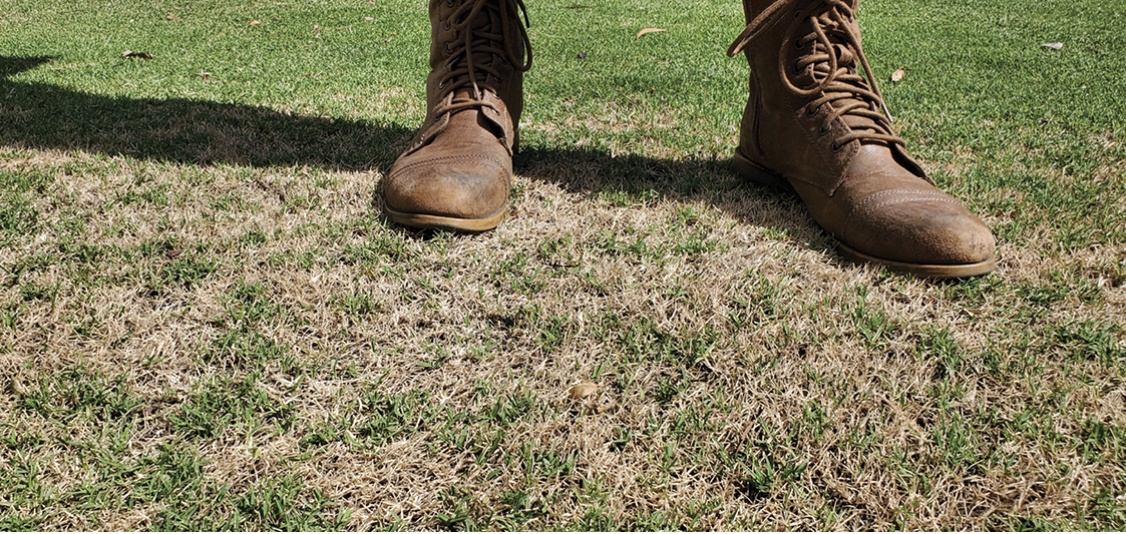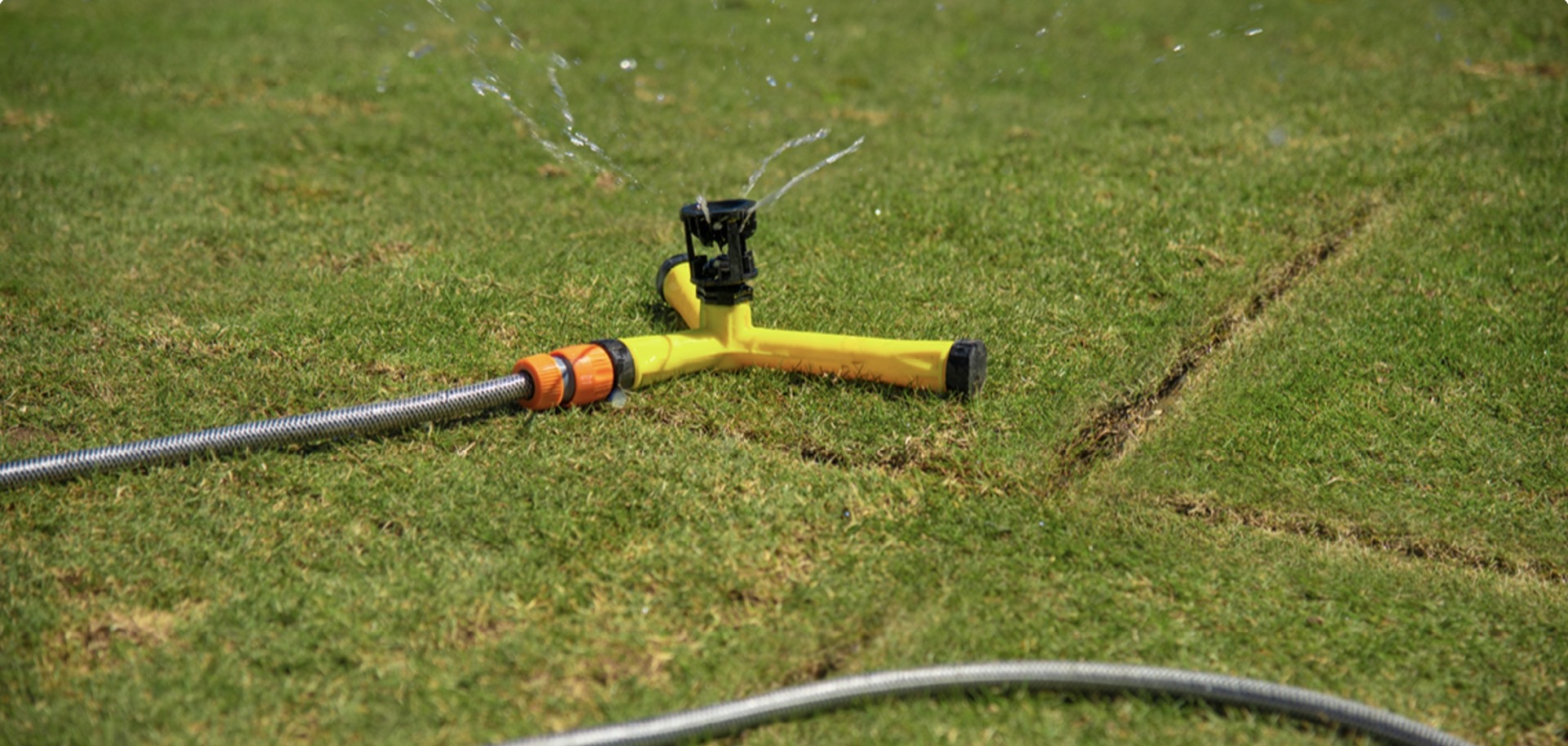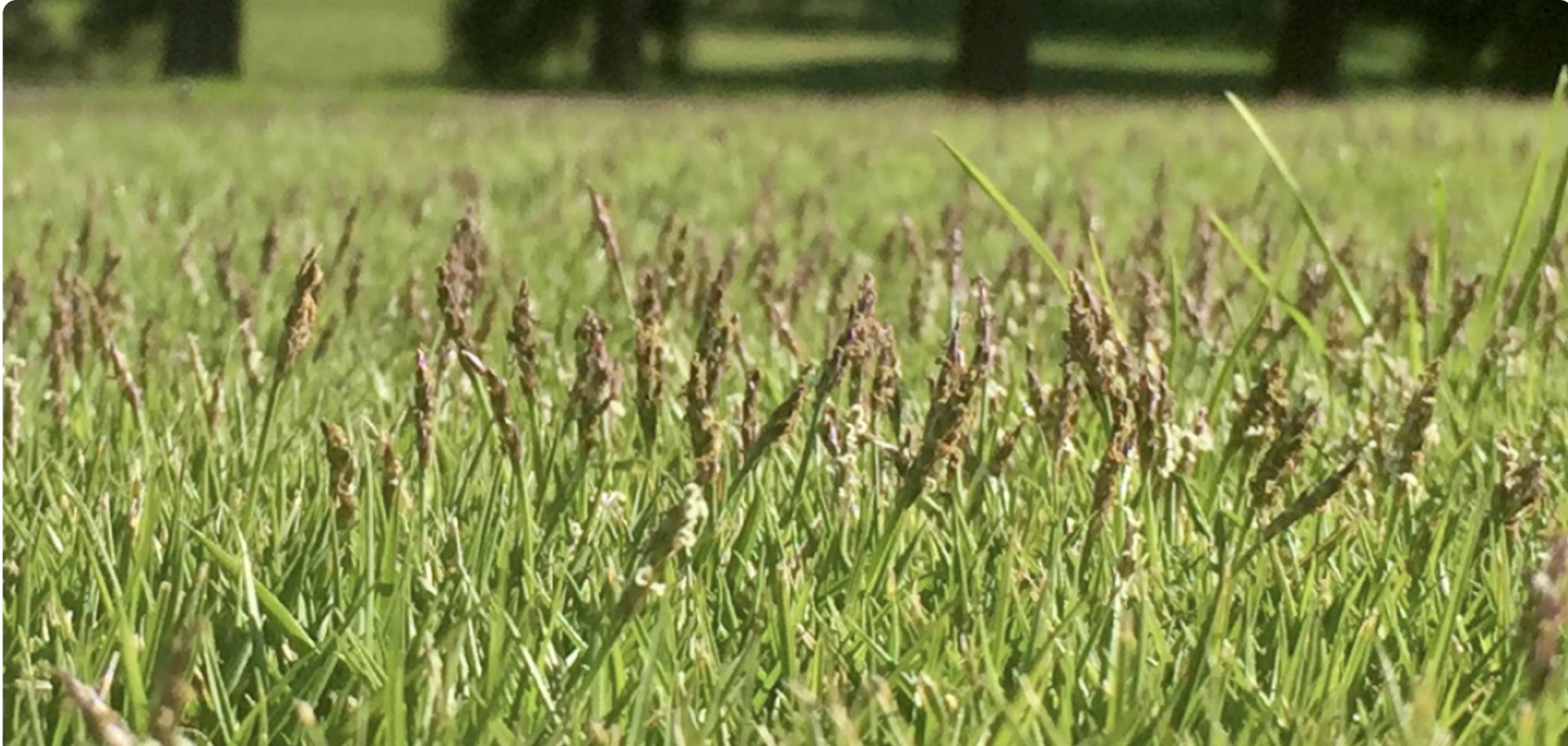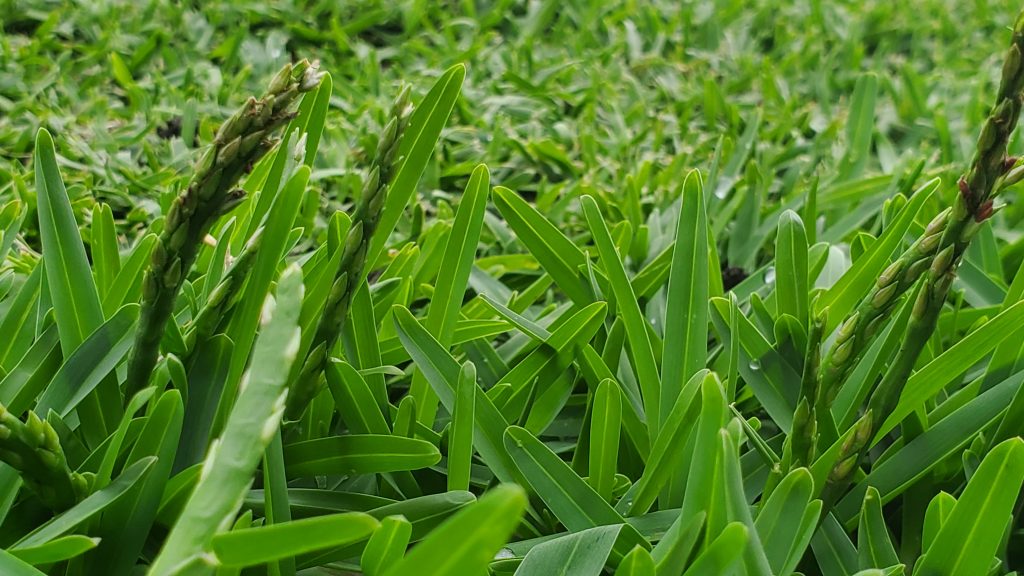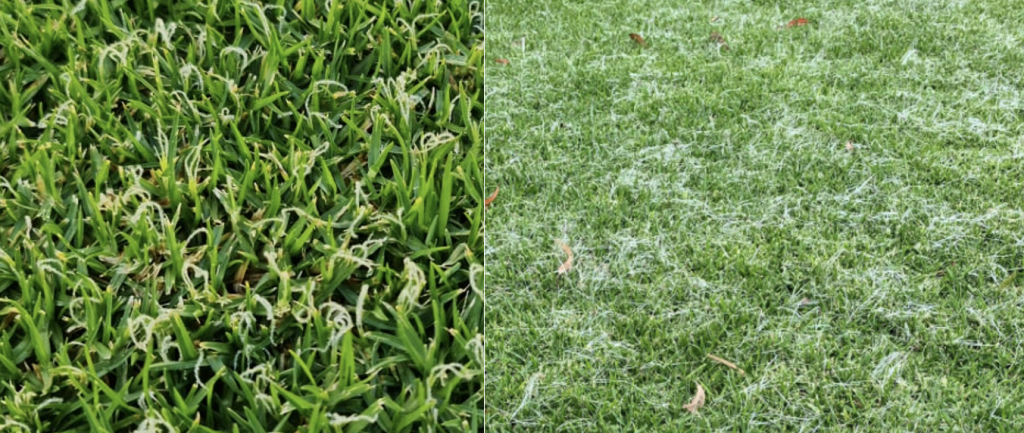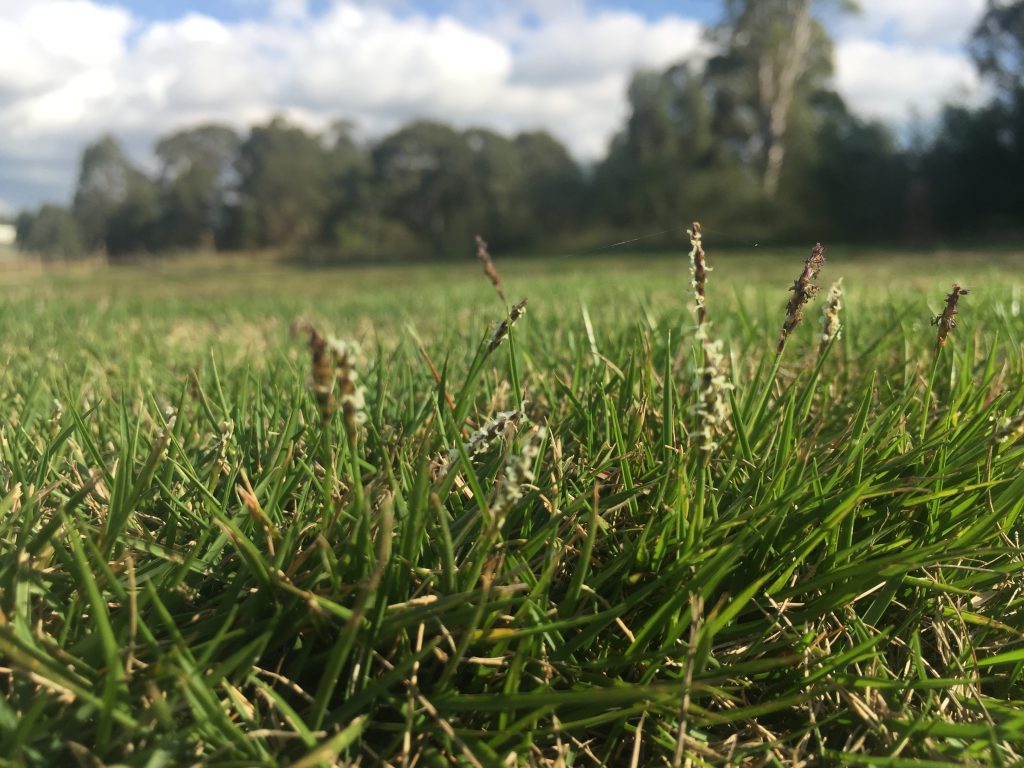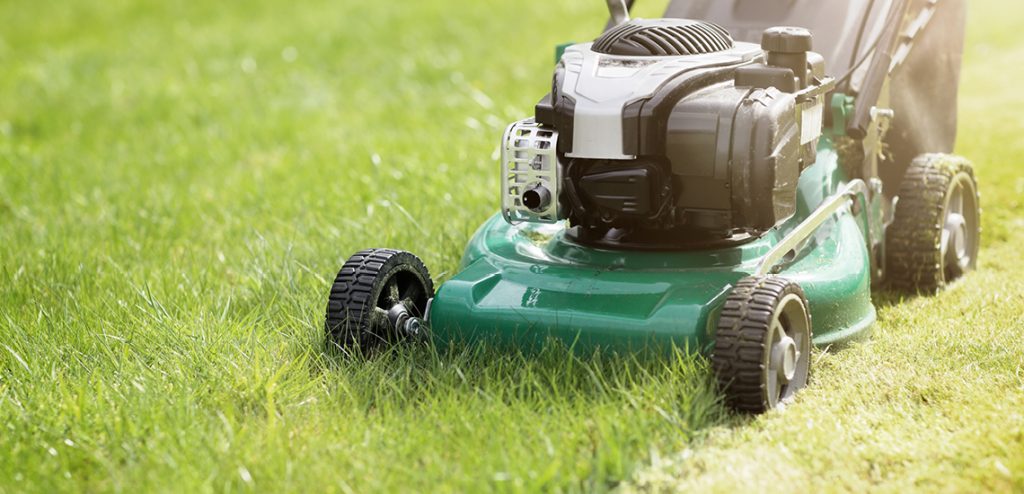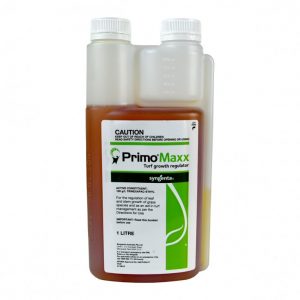100 Million Metres of Sir Walter Sold
Sir Walter Buffalo today is an iconic ‘Aussie’ brand and is undoubtedly the most successful turf variety in Australian history.
Did you know Sir Walter has reached a sales milestone in the Australian turf industry? Sir Walter has passed the 100 million metres sold mark, an achievement no other buffalo grass or grass has ever achieved! This makes it the greatest selling grass of all time.
To put this into perspective, if you laid this much Sir Walter in a line it would be able to cover the entire circumference of the moon almost 10 times over. Or in terms of Australia, it would be like driving all the way around Australia’s coastline almost 4 times. It’s a truly extraordinary amount of grass.
The Birth of Sir Walter
Brent Redman discovered the great “Sir Walter” in the NSW Hunter Valley in 1996. Brent grew buffalo grasses on his farm, but there were always particular issues that prevented them from achieving high quality. This was until Brent noticed a small area on his farm where an off type was growing. This off type maintained a greener winter colour, had a healthier root system and it was taking over the existing buffalo. Brent realised the potential of this new variety and began propagating the grass to protect the purity and integrity of the variety. From these first few square metres, the superstar that would become known as Sir Walter was born.
The rest is history as they say, with Sir Walter being expanded and produced right across Australia through a network of licensed turf suppliers.

With Greatness Comes Great Responsibility
As a result of the success Sir Walter achieved, deception and substitution by competitors has occurred. Many varieties over the years have claimed to be ‘just like’, ‘same as’ or ‘bred from’ Sir Walter. None of which is true, which is why there needed to be a way to ensure the Sir Walter that consumers were buying was genuine.
To remedy this, Sir Walter supplied by accredited and licensed suppliers is now known as Sir Walter DNA Certified. This extension of the Sir Walter name was developed to provide the assurance to consumers that the Sir Walter they are buying is DNA tested and the genuine product. This turf matches the original breeder Sir Walter plant material bred at Brent Redmans farm developed over 20 years ago.
As always, if you have any more questions please don’t hesitate to contact us for free expert advice on 1800ALLTURF (1800255873) or 07 5543 8304.


